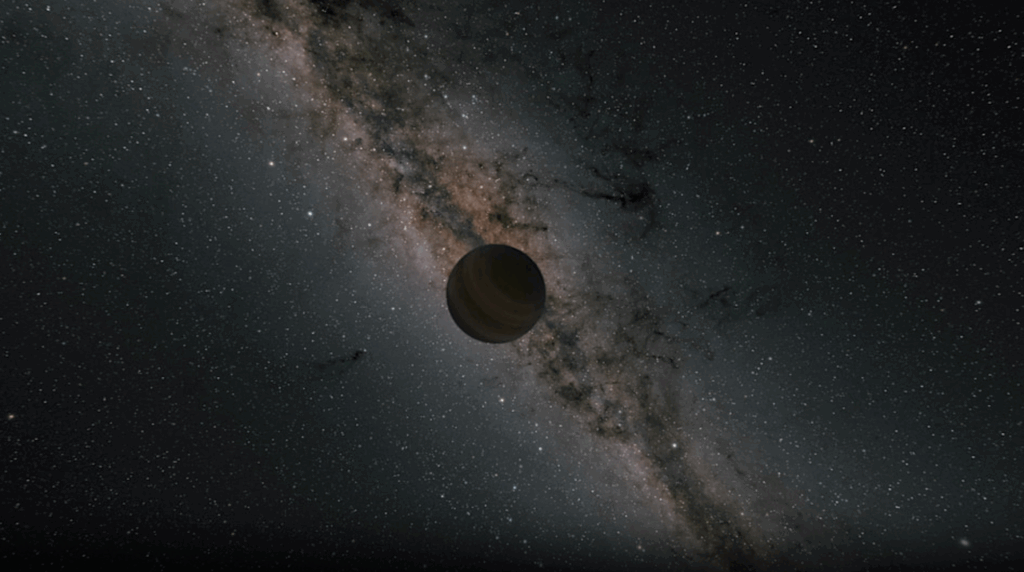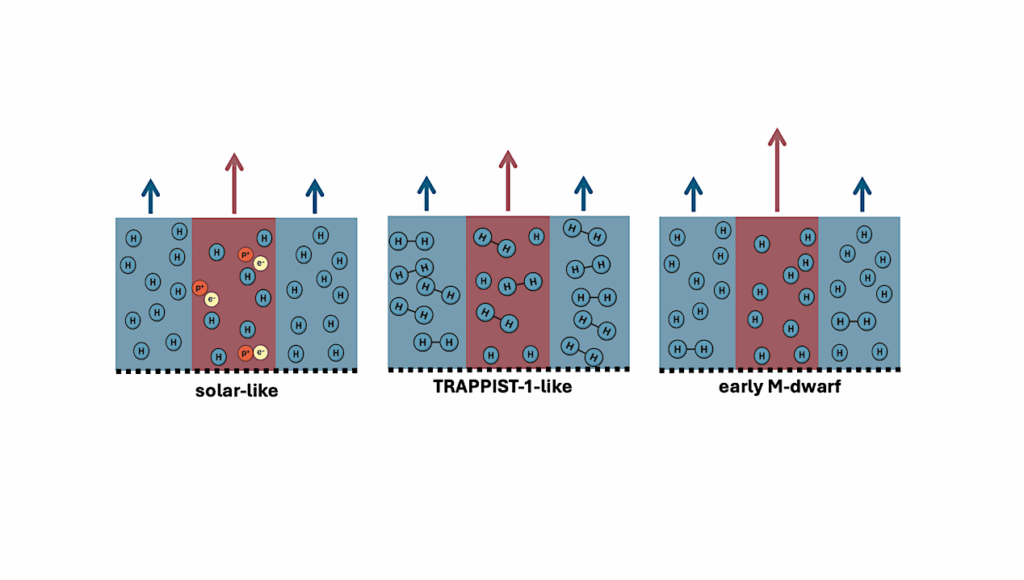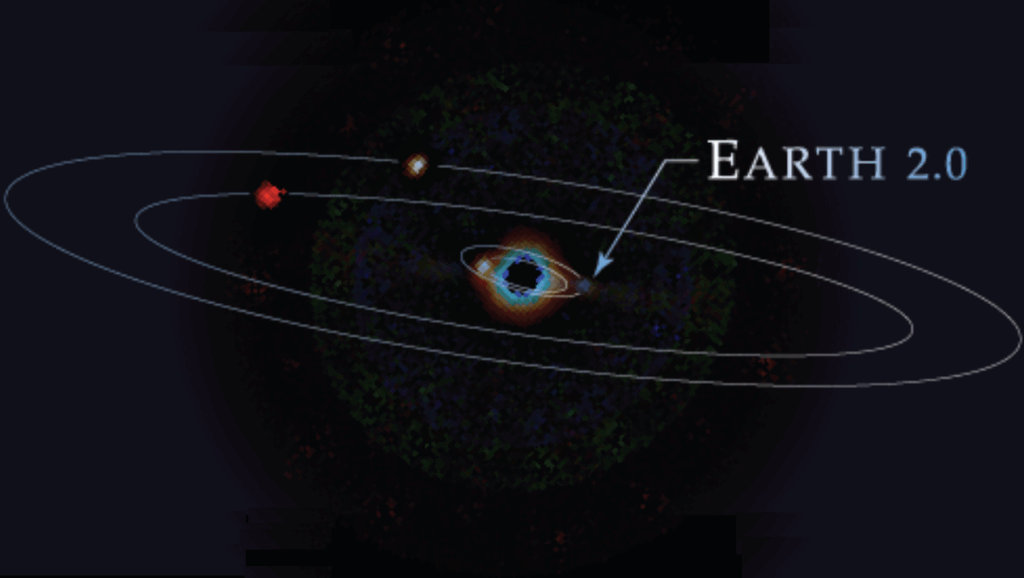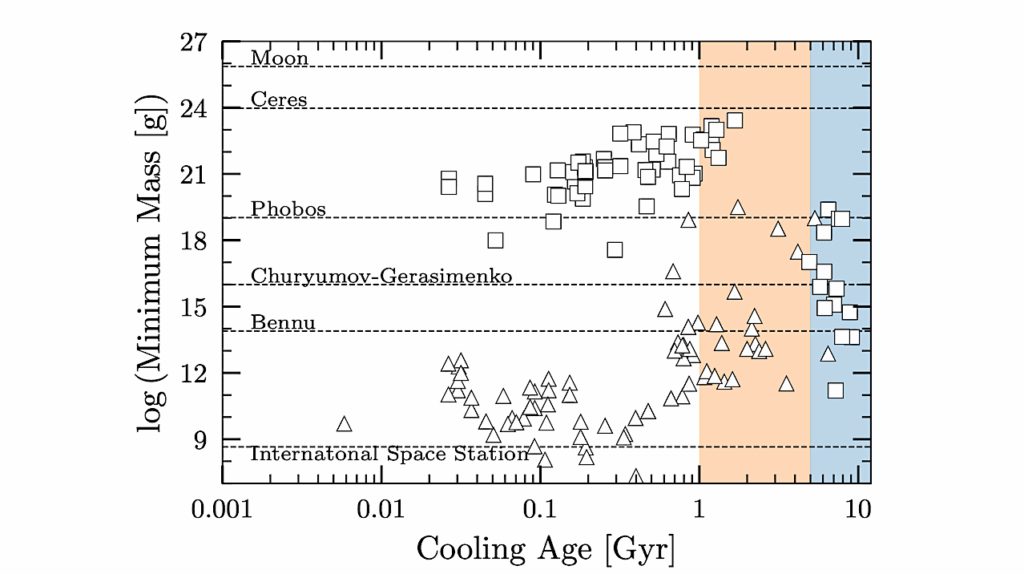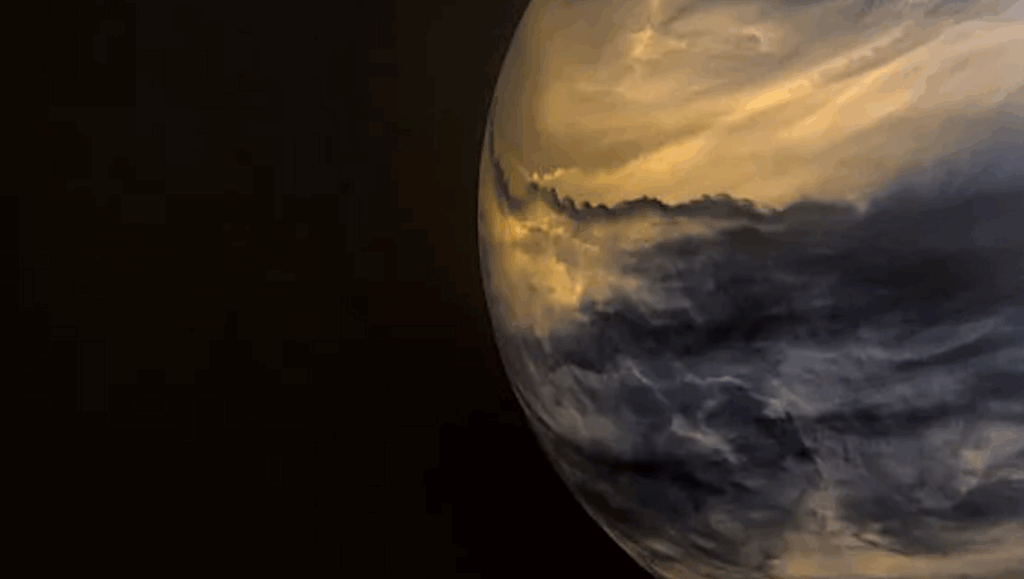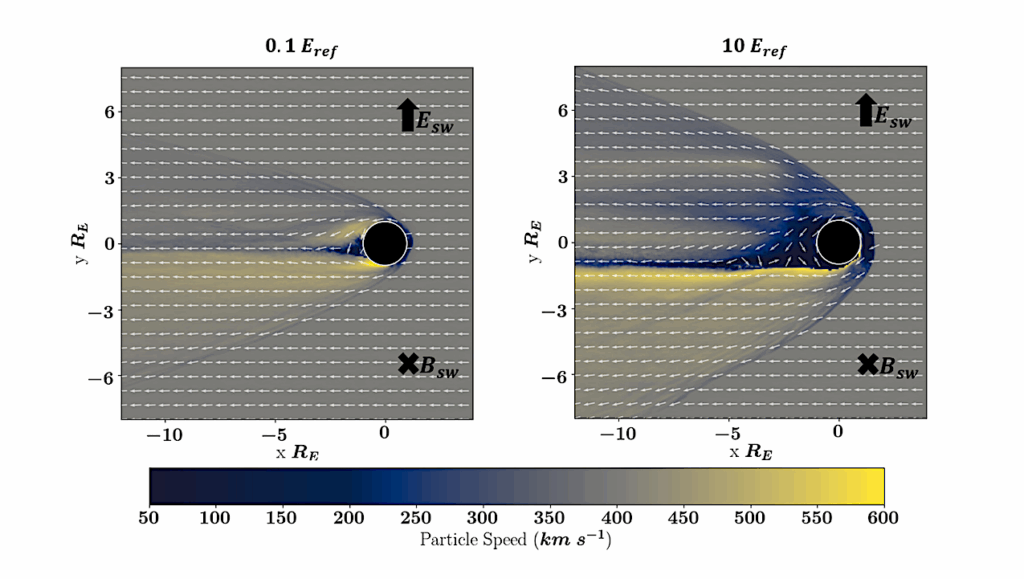Revisiting The Space Weather Environment Of Proxima Centauri b

Close-in planets orbiting around low-mass stars are exposed to intense energetic photon and particle radiation and harsh space weather.
We have modeled such conditions for Proxima Centauri b (Garraffo et al. 2016b), a rocky planet orbiting in the habitable-zone of our closest neighboring star, finding a stellar wind pressure three orders of magnitude higher than the solar wind pressure on Earth. At that time, no Zeeman-Doppler observations of the surface magnetic field distribution of Proxima Cen were available and a proxy from a star with similar Rossby number to Proxima was used to drive the MHD model. Recently, the first ZDI observation of Proxima Cen became available (Klein et al. 2021).
We have modeled Proxima b’s space weather using this map and compared it with the results from the proxy magnetogram. We also computed models for a high-resolution synthetic magnetogram for Proxima b generated by a state-of-the-art dynamo model. The resulting space weather conditions for these three scenarios are similar with only small differences found between the models based on the ZDI observed magnetogram and the proxy. We conclude that our proxy magnetogram prescription based on Rossby number is valid, and provides a simple way to estimate stellar magnetic flux distributions when no direct observations are available.
Comparison with models based on the synthetic magnetogram show that the exact magnetogram details are not important for predicting global space weather conditions of planets, reinforcing earlier conclusions that the large-scale (low-order) field dominates, and that the small-scale field does not have much influence on the ambient stellar wind.
Cecilia Garraffo, Julián D. Alvarado-Gómez, Ofer Cohen, Jeremy J. Drake
Comments: Accepted to ApJL, 11 pages, 3 figures
Subjects: Solar and Stellar Astrophysics (astro-ph.SR); Earth and Planetary Astrophysics (astro-ph.EP); Space Physics (physics.space-ph)
Cite as: arXiv:2211.15697 [astro-ph.SR] (or arXiv:2211.15697v1 [astro-ph.SR] for this version)
Submission history
From: Cecilia Garraffo
[v1] Mon, 28 Nov 2022 19:00:03 UTC (2,372 KB)
https://arxiv.org/abs/2211.15697
Astrobiology


